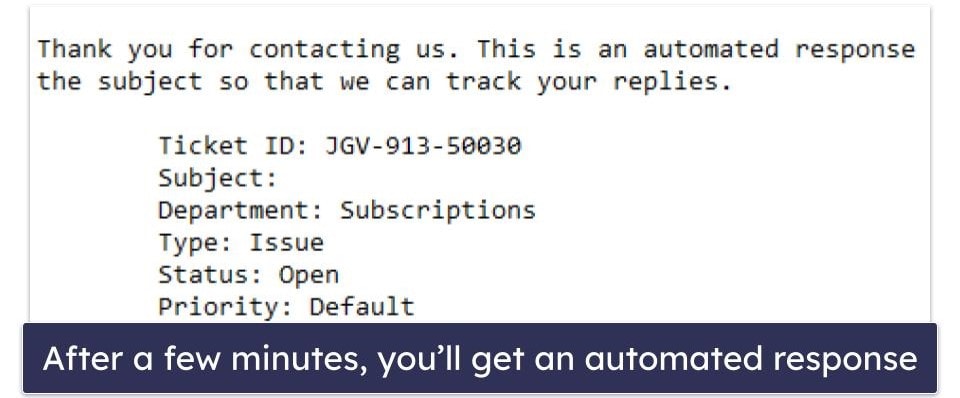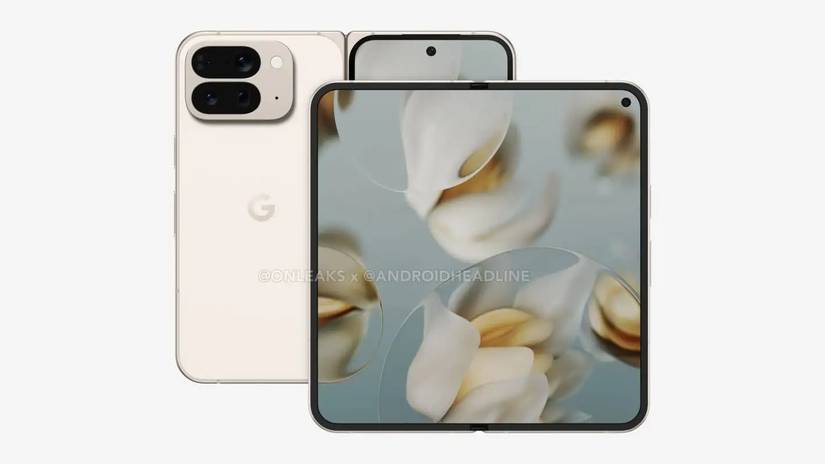Google Calendar remains an undefeated cloud-based scheduling app. That’s why I use it less. The core part of its identity is collaboration-heavy workflows. You’ll access team calendars, shared invites, dynamic availability, as well as integration with Meet and other services.
These features are more suitable in corporate environments and are meant for busy professionals. They’re unnecessary for someone like me who only wants to monitor a few recurring tasks on their mobile device.
I barely use any features beyond that. That’s why I replaced it with something simpler and unpopular. Here’s how Fossify Calendar helps me curate a minimalist agenda.
Fossify doesn’t require an account or mobile data
It’s ready to go whenever you are
Google Calendar requires a login and an internet connection. It links your calendar to your account and synchronizes events across Gmail and other services you’re signed in to.
More importantly, your data becomes linked to your identity and stored in a way you can’t fully control. There are several arguments for how secure Google’s platform is. To be fair, it has strong client-side protections in place.
Still, Calendar is a cloud service, and that alone should make you reconsider. Where there’s a server, there’s access. Also, there may be laws that could compel them to hand it over, and they wouldn’t have to tell you.
Servers are computers owned and controlled by someone else. They may access your information even if it’s encrypted during transmission or while stored, especially if they own the encryption keys.
It’s why I love Fossify Calendar. It’s ready to use. You’re taken straight to the classic weekly grid after launch. The search bar is at the top beside a calendar view icon, and the settings menu contains basic controls.
A floating + button lets you add new events. Tap it, and you’ll see a simple form where you can enter the event title, date, time, and optional location or description. You can repeat it, then set reminders.
Adding events is refreshingly simple. Fossify can pull public holidays from different countries of your choice. Underneath, you’ll see visually marked buttons that allow you to turn off any entry you don’t care about.
Private syncing on my terms
Nobody else needs to know my business
Fossify stores all calendar data locally on your device, in the app’s private storage directory under Android’s file system. Because the app doesn’t use a cloud sync service, the entries never leave your phone unless you export them.
If you want to mirror your entries across devices, you choose how to do it. Usually, I export updated versions of my calendar as a standard iCalendar (.ics) file to my local storage.
I can always move the file to the app on a new phone, USB flash drive, or my current device after resetting it.
If you use email clients like Thunderbird, desktop utilities like Osmo, or an app that lets you add a calendar, you can move the file and manage your events there.
Additionally, there’s the choice of using self-hosted cloud platforms if you’re a heavy user. You’ll need a device that can stay on and connected to the internet to run the server. You’ll also need a basic understanding of Linux.
It’s not overkill if you installed several localized apps that follow the same privacy-first principle. Do it if you use Fossify alongside other apps in its ecosystem and other software that live entirely on your device.
Fossify has a versatile color coding system
If you can’t encrypt it, camouflage it with colors
I appreciate how Fossify provides the option to highlight weekends, which makes the visual separation between workdays and rest days clear.
The detail may seem small, but it helps me mentally compartmentalize things. On days when I’m stressed, my eyes naturally look for the break that marks the weekend.
The app also has printing support, which is useful for private or sensitive situations. For example, many women use Fossify for period tracking because they don’t trust dedicated cycle trackers.
If you’re in the USA, it’s a legal risk. Reproductive rights are under pressure in several states, and there is a fear that personal health data could be used as evidence in court. So you must be smart about it.
Apps like Fossify allow women to own their cycle. I use its wide color range and hex codes to mark biological changes.
Besides period tracking, I assign specific shades to therapy sessions, fasting days, or sleep quality. I also use secret names for the logs I’d rather not spell out.
Instead of writing “therapy,” I might write “library session,” or I label intense cramps as “red moon alert.” If I need to see a professional about concerns, I print my calendar or share a copy in other acceptable ways.
Plan your schedule your way
In addition to Fossify, I use Proton Calendar as a complete Google Calendar replacement. Proton requires you to log in, but I make that trade-off because it offers cross-platform convenience and strong end-to-end encryption.
I know that I’m getting into a service built from the ground up with privacy in mind. It’s the solution I turn to when I need something more robust than what Fossify offers, such as faster syncing across my devices on lazy days or making plans with other people.



